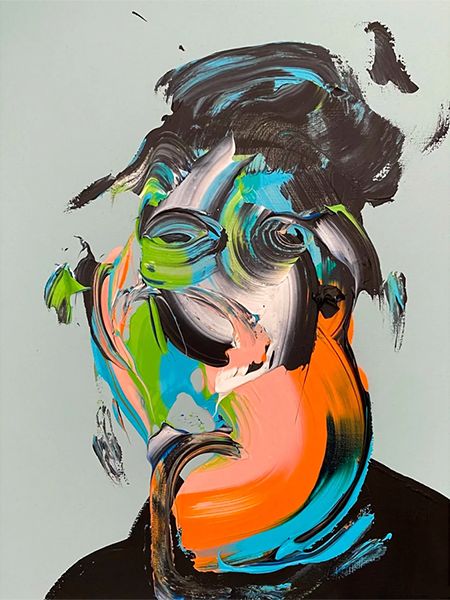Your cart is currently empty!

Abstract art is one of the most captivating and thought-provoking movements in the history of visual expression. It transcends realism and traditional representation, focusing instead on color, form, and emotion. Whether you’re an art collector, a designer looking for inspiration, or simply an art enthusiast, understanding abstract art can open up new perspectives and enhance your appreciation for this dynamic genre.
The Origins and Evolution of Abstract Art
Abstract art emerged in the early 20th century as a radical departure from realistic depictions in painting and sculpture. It was fueled by a desire to express emotions, ideas, and the unseen world beyond physical appearances. Some of the most influential pioneers of abstract art include:
- Wassily Kandinsky – Often credited as the father of abstract art, Kandinsky believed in the spiritual power of color and form.
- Piet Mondrian – Known for his geometric compositions and use of primary colors, Mondrian’s work emphasized harmony and balance.
- Kazimir Malevich – The founder of Suprematism, Malevich reduced art to its simplest forms, focusing on pure abstraction.
As abstract art evolved, various movements emerged, including:
- Cubism (Pablo Picasso, Georges Braque) – Deconstructing forms into geometric shapes.
- Surrealism (Joan Miró, Salvador Dalí) – Exploring the subconscious mind through abstract imagery.
- Abstract Expressionism (Jackson Pollock, Mark Rothko) – Emphasizing spontaneity, emotion, and large-scale canvases.
Today, contemporary abstract art continues to evolve, incorporating digital techniques, mixed media, and experimental styles.
Who Appreciates Abstract Art?
Abstract art appeals to a wide audience, including:
- Art Collectors & Investors – Many abstract paintings hold significant value in the art market.
- Interior Designers & Architects – Abstract art is widely used to enhance modern, minimalist, and contemporary spaces.
- Creative Thinkers & Emotionally Driven Individuals – Those who appreciate the freedom of interpretation and personal connection to art.
- Artists & Students – Many aspiring artists study abstract techniques to develop their own creative expressions.
How to Appreciate Abstract Art
Unlike traditional art, abstract paintings do not always depict recognizable subjects. Instead, they focus on emotions, textures, movement, and balance. Here’s how to develop an appreciation for abstract art:
1. Observe Without Judgment
Let go of the idea that art must “represent” something. Instead, focus on the colors, shapes, and textures.
2. Consider the Artist’s Intent
Many abstract artists use colors and forms to express deep emotions or philosophical ideas. Researching the artist’s background can provide insights into the painting’s meaning.
3. Pay Attention to Your Emotions
Abstract art is highly subjective. A painting that evokes a sense of calm in one person might feel intense or chaotic to another.
4. Understand the Composition
Look at how elements interact—does the painting have balance, contrast, or movement? This can help you interpret its overall impact.
Famous Abstract Art Paintings & Artists
1. “Composition VII” – Wassily Kandinsky
One of Kandinsky’s most complex works, this painting is a vibrant explosion of color and form.
2. “Broadway Boogie Woogie” – Piet Mondrian
Inspired by the energy of New York City, this piece features geometric precision and bold primary colors.
3. “No. 61 (Rust and Blue)” – Mark Rothko
A masterpiece of color field painting, Rothko’s work conveys deep emotion through simple color layering.
4. “Convergence” – Jackson Pollock
An example of action painting, Pollock’s chaotic splashes of paint create a dynamic sense of movement.
5. “Black Square” – Kazimir Malevich
A radical statement in abstract art, this painting represents pure artistic expression.
Why Abstract Art is a Valuable Investment
- Timeless Appeal – Abstract art remains relevant across generations.
- Versatility in Décor – It complements modern, minimalist, and luxury interiors.
- Growing Market Demand – Many abstract artists have gained international recognition, increasing the value of their works.
Whether you’re considering purchasing a piece for your collection or simply exploring abstract paintings, understanding its history and emotional depth can enhance your appreciation of this powerful art form.